Cybertruck Headed for Medium-duty Classification?

There’s many unknown aspects of the Tesla Cybertruck, not least of which is its curb weight, but a recent letter to the California Air Resources Board (CARB) reveals that Elon Musk’s retro-futuristic brainchild might have no business engaging in a one-on-one with the Ford F-150.
According to the letter, Tesla is pursuing a medium-duty classification for the triangular pickup, placing in in competition not with the F-150, but the F-250.
The document, seen by Automotive News, quotes Sarah Van Cleve, Tesla’s senior managing policy advisor, as saying, “While we have not yet begun production of the Cybertruck, we expect it to have a towing capacity of 7,500-14,000+ lbs., and it should very likely qualify as a ‘Class 2B-3 medium-duty vehicle.”
Class 2B trucks, like the F-250, Ram 2500, and the Chevrolet Silverado and GMC Sierra 2500, carry a gross vehicle weight rating of 8,501 to 10,000 pounds. Regular full-size (half-ton) pickups fall into the 2A category.
In the past, Musk has claimed an expected max payload of 3,500 pounds for the Cybertruck, with a max towing capacity of “more than” 14,000 lbs. Forgetting the F-150, which comes close to Tesla’s would-be payload rating in a certain guise, the F-250 Super Duty easily tops the Cybertruck’s specs. It trounces the towing figure when equipped with the newly upgraded 6.7-liter Power Stroke diesel V8. (Ford’s Super Duty line underwent a comprehensive revamp for 2020.)
All of this call into question the Cybertruck’s actual weight, which factors heavily into GVWR calculations and a truck’s resulting class.
It also makes one wonder whether Tesla will bother staging another tug challenge between its creation and the model it wants to unseat: the F-150. The previous “test” earned a rebuke from Ford after an all-wheel drive Cybertruck was filmed towing a rear-drive F-150 uphill, placing additional weight above the Ford’s non-drive axle. And does it matter at this point?
Tesla fans will love the Cybertruck no matter what, while Ford fans will now demand Tesla pick on someone its own size (knowing that the F-250’s specs should ensure a win).
[Image: Tesla]

More by Steph Willems
Latest Car Reviews
Read moreLatest Product Reviews
Read moreRecent Comments
- Flashindapan Will I miss the Malibu, no. Will I miss one less midsize sedan that’s comfortable, reliable and reasonably priced, yes.
- Theflyersfan I used to love the 7-series. One of those aspirational luxury cars. And then I parked right next to one of the new ones just over the weekend. And that love went away. Honestly, if this is what the Chinese market thinks is luxury, let them have it. Because, and I'll be reserved here, this is one butt-ugly, mutha f'n, unholy trainwreck of a design. There has to be an excellent car under all of the grotesque and overdone bodywork. What were they thinking? Luxury is a feeling. It's the soft leather seats. It's the solid door thunk. It's groundbreaking engineering (that hopefully holds up.) It's a presence that oozes "I have arrived," not screaming "LOOK AT ME EVERYONE!!!" The latter is the yahoo who just won $1,000,000 off of a scratch-off and blows it on extra chrome and a dozen light bars on a new F150. It isn't six feet of screens, a dozen suspension settings that don't feel right, and no steering feel. It also isn't a design that is going to be so dated looking in five years that no one is going to want to touch it. Didn't BMW learn anything from the Bangle-butt backlash of 2002?
- Theflyersfan Honda, Toyota, Nissan, Hyundai, and Kia still don't seem to have a problem moving sedans off of the lot. I also see more than a few new 3-series, C-classes and A4s as well showing the Germans can sell the expensive ones. Sales might be down compared to 10-15 years ago, but hundreds of thousands of sales in the US alone isn't anything to sneeze at. What we've had is the thinning of the herd. The crap sedans have exited stage left. And GM has let the Malibu sit and rot on the vine for so long that this was bound to happen. And it bears repeating - auto trends go in cycles. Many times the cars purchased by the next generation aren't the ones their parents and grandparents bought. Who's to say that in 10 years, CUVs are going to be seen at that generation's minivans and no one wants to touch them? The Japanese and Koreans will welcome those buyers back to their full lineups while GM, Ford, and whatever remains of what was Chrysler/Dodge will be back in front of Congress pleading poverty.
- Corey Lewis It's not competitive against others in the class, as my review discussed. https://www.thetruthaboutcars.com/cars/chevrolet/rental-review-the-2023-chevrolet-malibu-last-domestic-midsize-standing-44502760
- Turbo Is Black Magic My wife had one of these back in 06, did a ton of work to it… supercharger, full exhaust, full suspension.. it was a blast to drive even though it was still hilariously slow. Great for drive in nights, open the hatch fold the seats flat and just relax.Also this thing is a great example of how far we have come in crash safety even since just 2005… go look at these old crash tests now and I cringe at what a modern electric tank would do to this thing.
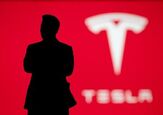
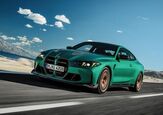


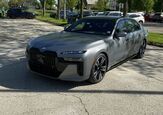











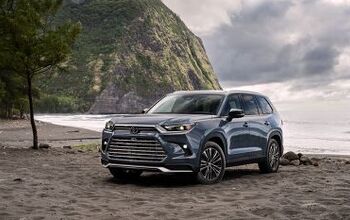
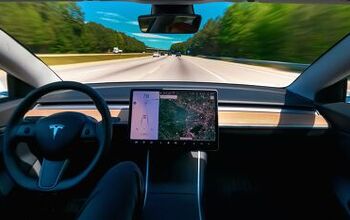
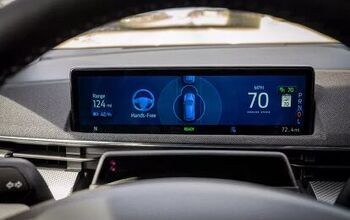
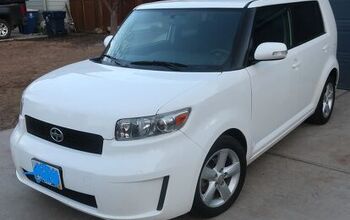
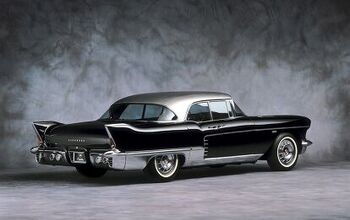
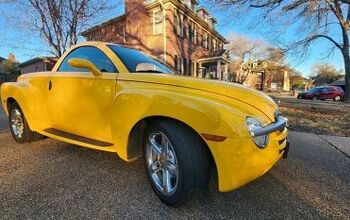
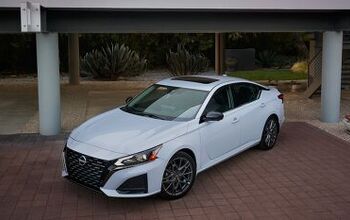
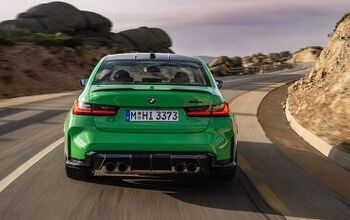

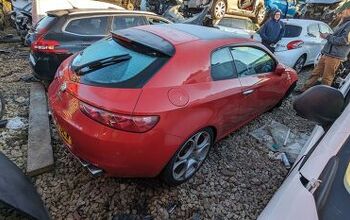
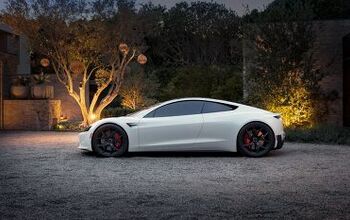
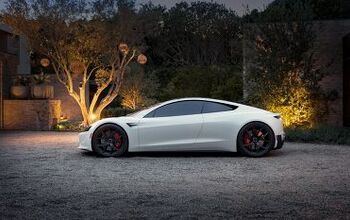
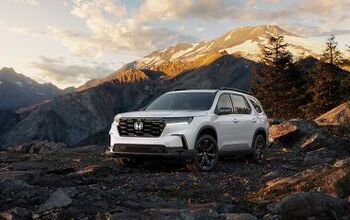
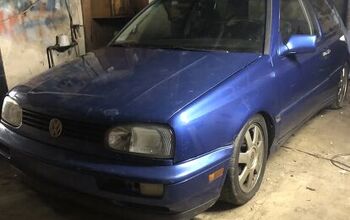



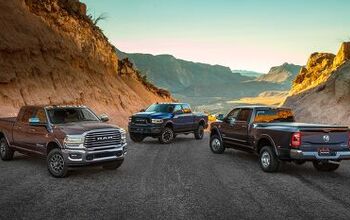
Comments
Join the conversation
This is interesting. The medium-duty (e.g. F250, F350) market is large and very high margin, and here the big3 have had no new competition (Toyota and Nissan have not entered this space). These vehicles are desired because they a bigger/heavier (perceived value) and have some tax benefits (depreciation of "work" trucks). If your business needs a f150 you might do better with the f250 given better tax treatment. Note that you can use the truck up to 50% personal and still get tax benefit. What is the curb weight of the cyber truck going to be? A model-x is a medium-size SUV and weighs ~5200 lb. Add all that battery for 500 mile range and you could be 6500. The good news is that you have regen braking for city economy not as bad as you'd think, but this would cause more expense for tires. Will the gross vehicle weight be so high that some states might require different registration? How fast will this thing re-charge? The 500 mile truck will have huge amount of battery capacity, easily 2X the model3. Will the supercharger be able to charge at 2X the current? If not you'll be there 2X longer.
Cybertruck headed for Medium Duty Classification? No. To Mars. Haven't you read about it? The air density on Mars is less than 1% of Earth's, so you get low drag gar-on-teed. That and the low gravity, only 40% of Earth, gives Cybertruck a thousand mile range, so Musk won't have to install very many Superchargers there. Two per sealed Tomato and Kale Greenhouse Station, max. Just one double-charger station at each end of the typical Mars "canal" superhighway, and one in the middle on the longer cyberways. Another benefit of that low, low Mars gravity? Payload! Yessir, 10,000 Earth equivalent lbs easy, but towing suffers. You win some, you lose some, but a Ford F250 diesel just won't work there, so there's that.